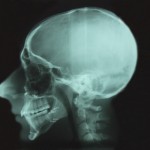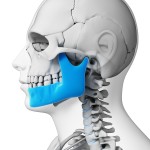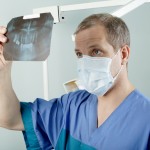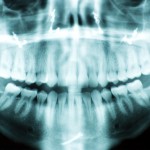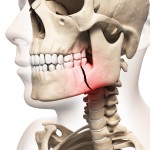
Fractures of the mandible are a common occurrence. Two approaches to treatment of mandibular fractures are; rigid fixation using large titanium plates and bicortical screws that function in a load-bearing manner using Arbeitsge-menschaft fur Osteosynthesefragen (AO) principles or semi-rigid fixation using small titanium plates and monocortical screws that function in a load-sharing manner placed according [read the full story…]
